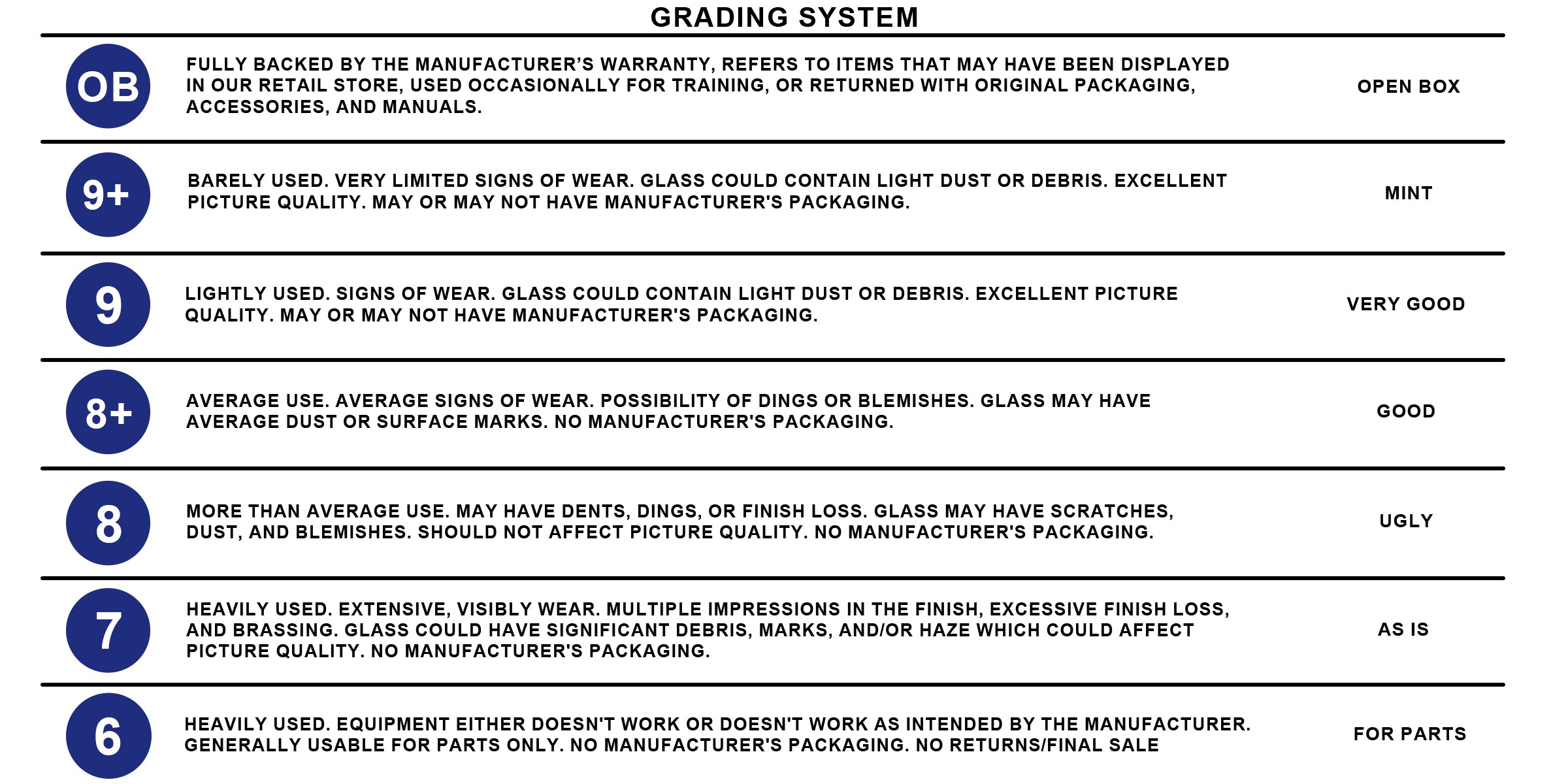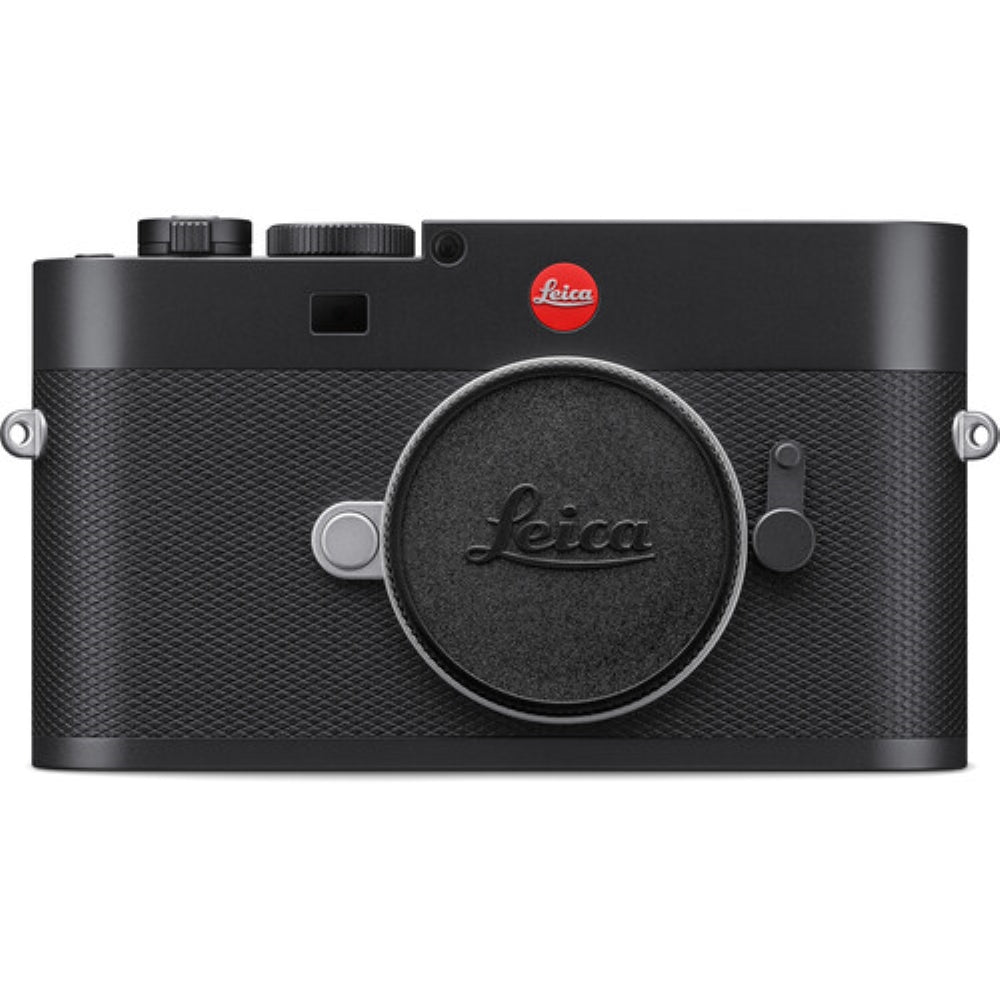
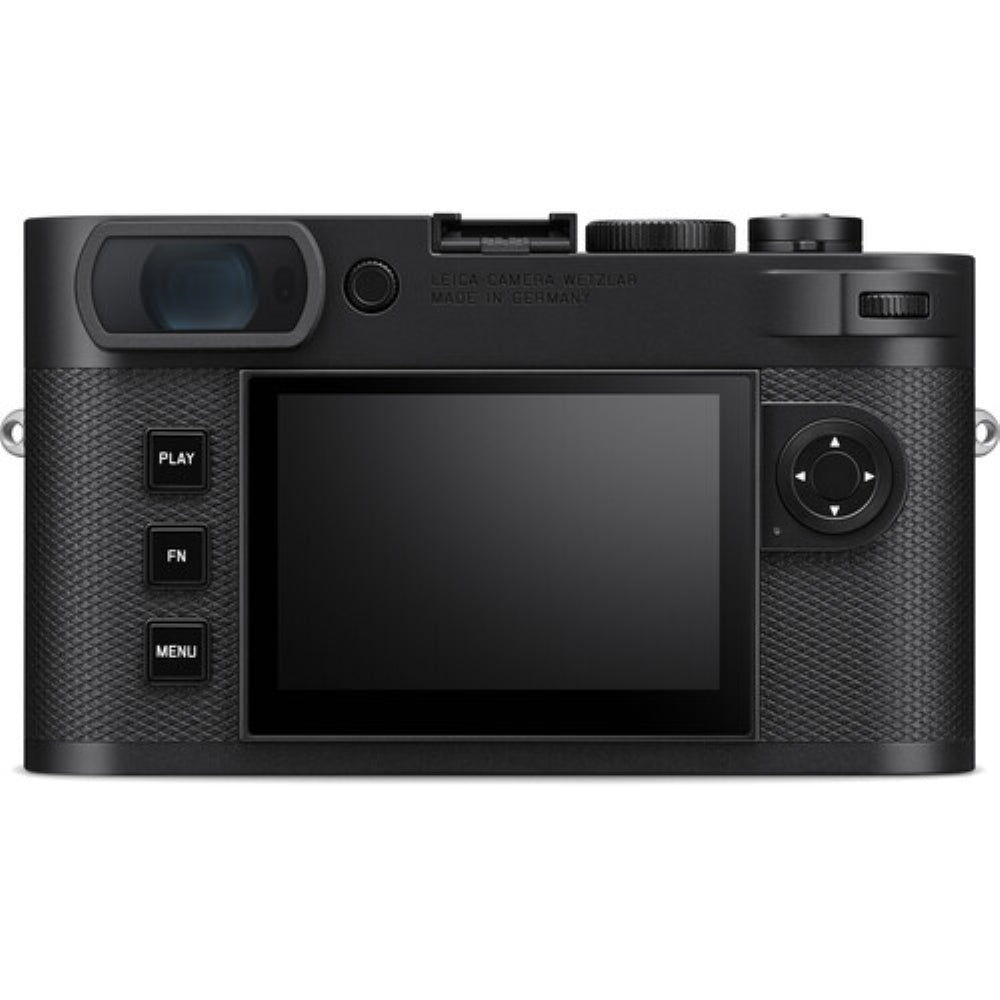
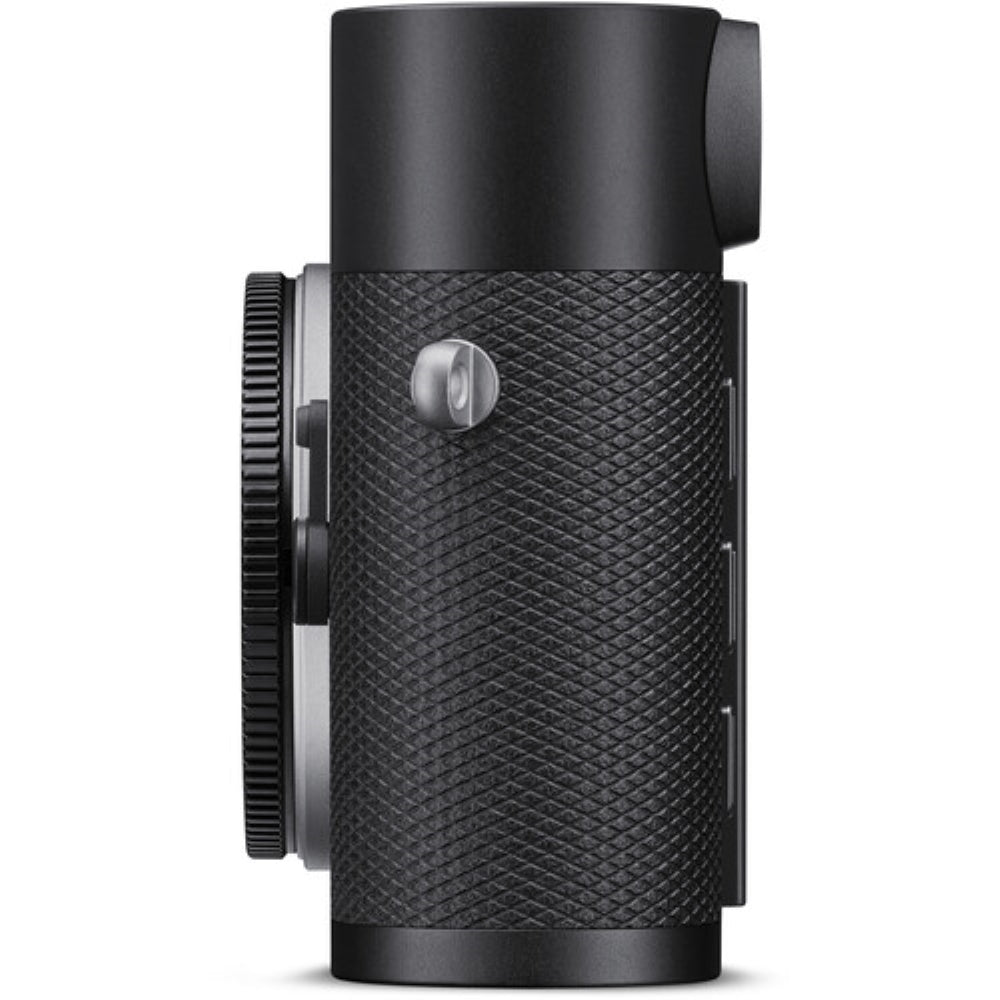
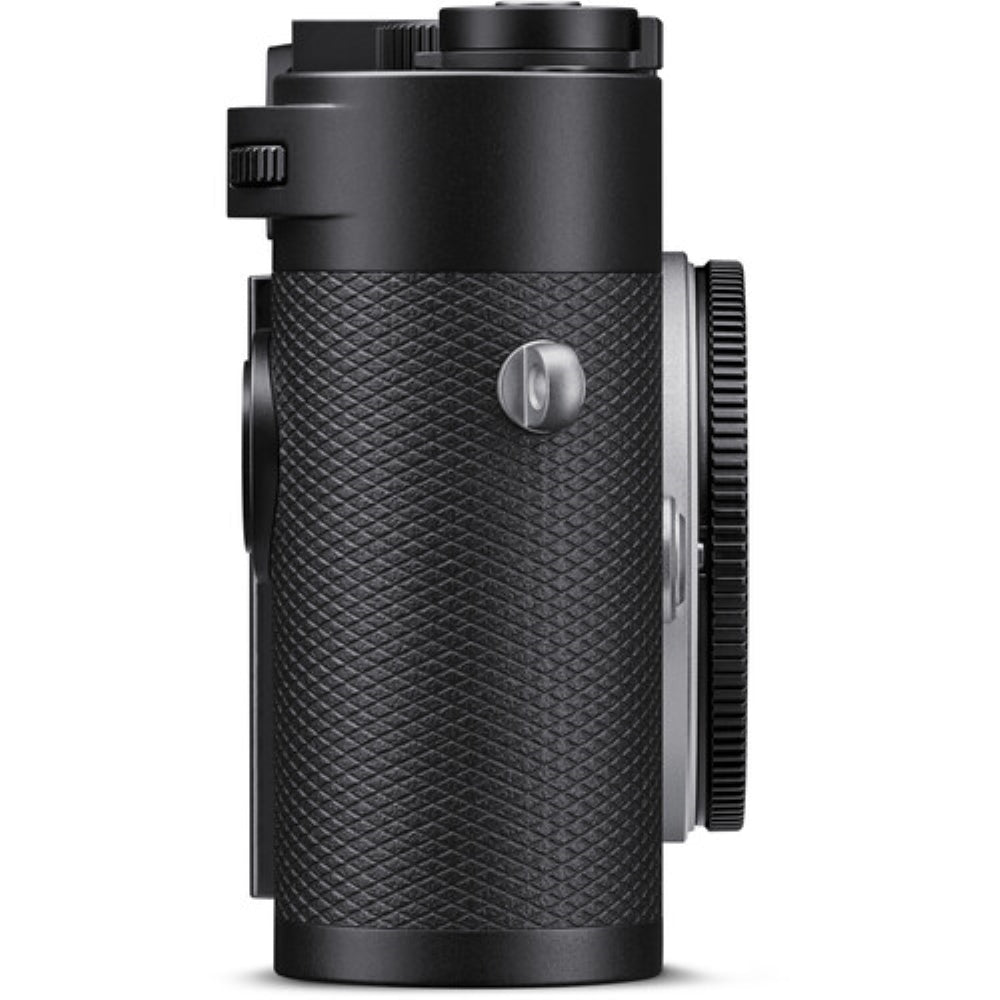
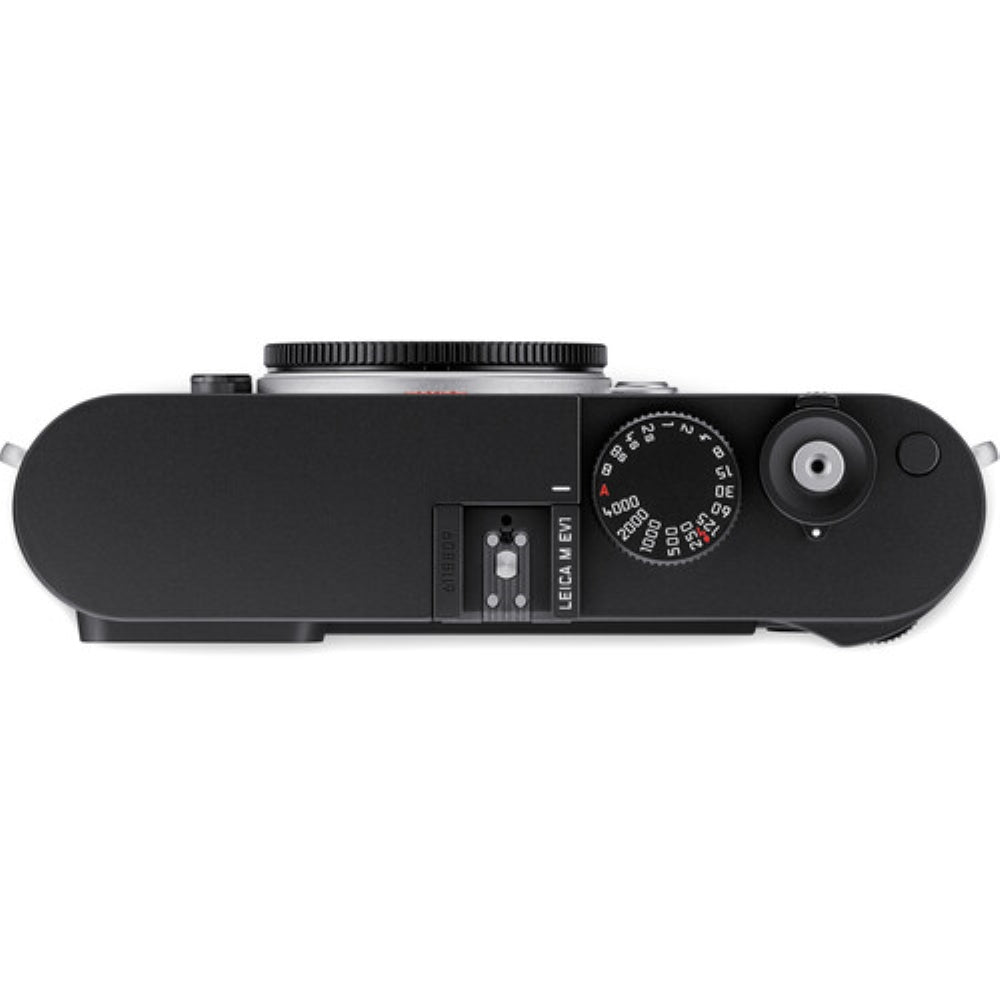
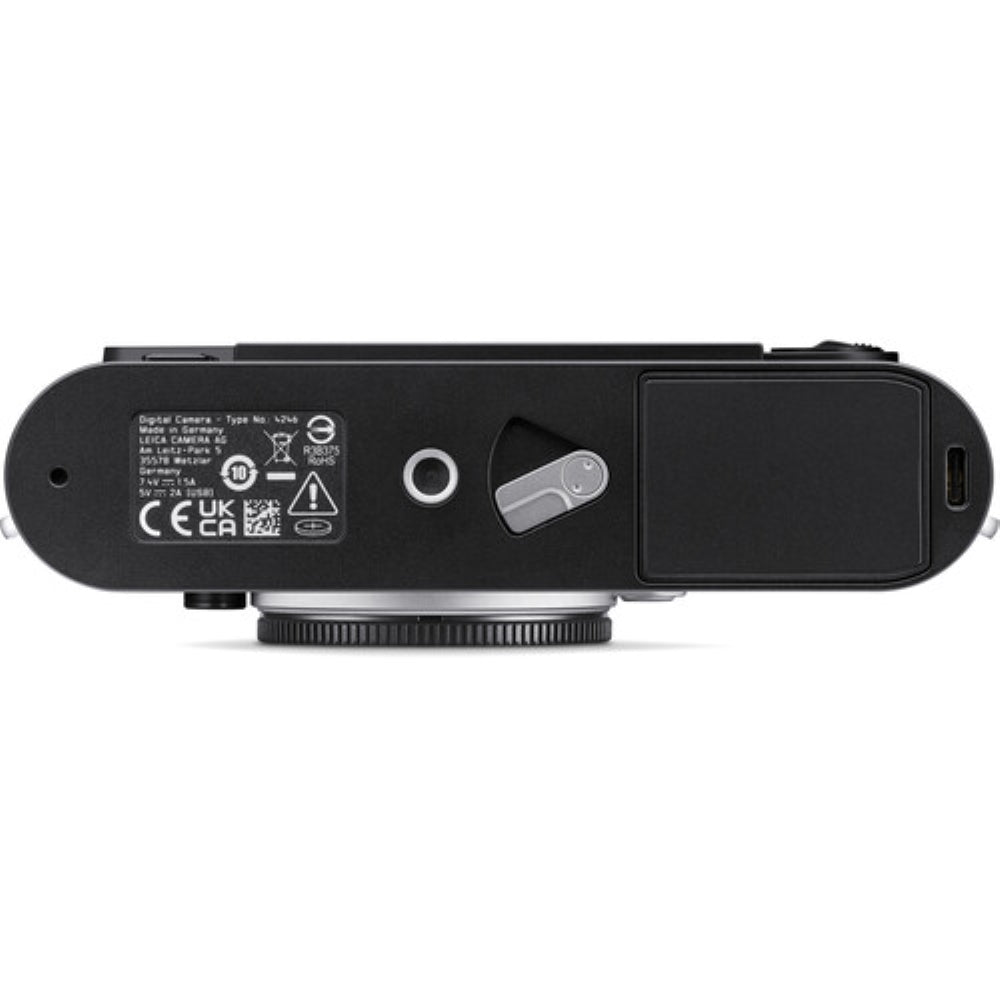
Leica M EV1 Mirrorless Camera
Leica M EV1 Mirrorless Camera
STORE
54 Orchard Street
Ground Floor
New York NY 10002
United States
A significant achievement for Leica, the M EV1 represents the inaugural M-system camera equipped with an integrated electronic viewfinder instead of a conventional optical rangefinder. This straightforward yet important distinction renders the EV1 especially adept at handling ultra-wide and long focal lengths, in addition to faster lenses, all while preserving the traditional slim body design, the same M lens mount, and the established imaging performance derived from the M11-series of rangefinder cameras.
5.76m-Dot OLED Electronic Viewfinder
Taking the place of the optical viewfinder, the M EV1 features the first-ever integrated electronic viewfinder in an M-system camera body.
- The OLED panel has a sharp 5.76m-dot resolution and the viewfinder has a large 0.76x magnification, integrated diopter adjustment, and covers 100% of the image frame.
- The EVF displays exactly what the sensor is recording, allowing for critical framing and more reliable focusing, especially with faster Summilux and Noctilux lenses and when working at shallow depths of field.
- Another key benefit of the EVF is the ability to work with focal lengths not typically supported by the M rangefinder cameras' viewfinders, including ultra-wide and telephoto lenses.
- The typical restrictions of the rangefinder focusing system are also no longer applicable, enabling the accurate use of macro lenses, adapted lenses, and lenses with shorter minimum focusing distances.
- The Digital Zoom function can now be previewed in the viewfinder with 1.3x or 1.8x frame crops visible within the area of the full image frame.
Focus Assistants and FN Button
The EVF also enables the use of various focusing tools to assist in achieving sharp focus with different lenses:
Focus Peaking emphasizes sharp, in-focus areas and edges in vibrant colors, making it easier to identify when a subject is properly focused. Focus Aid/Magnification provides two levels of magnification to zoom into the frame, allowing for better recognition of when details are in focus. This feature can be manually activated using the FN button or set to automatically engage when the focus ring of the lens is turned. With the optical viewfinder being supplanted by an EVF, the previous frame selector lever has been repurposed as an FN button for toggling focusing aids or digital zoom; a prolonged press on the lever is utilized to assign a function, while short presses toggle the selected function on or off. Real-time exposure preview permits the observation of the effects of exposure and depth of field adjustments before taking a shot. Shooting data and exposure details are displayed within the EVF; this information remains positioned at the bottom of the frame, ensuring an unobstructed and full-frame image for enhanced composition and focusing precision. Composition aids, such as a grid and a horizon level, are also visible within the viewfinder.
 60MP Full-Frame BSI CMOS Sensor
60MP Full-Frame BSI CMOS Sensor
Showcasing the advanced imaging capabilities of the M11 series, the M EV1 is equipped with the same 60MP full-frame CMOS sensor featuring a back-illuminated (BSI) architecture that delivers remarkable noise performance and rapid readout speeds. This enhanced resolution is ideal for applications that require meticulous detail, such as landscape and architectural photography, while the noise-reduction advantages of the BSI design enhance clarity and color fidelity in low-light situations with elevated ISOs. Additionally, the sensor's physical structure incorporates a newly designed ultra-thin dual-layer filter glass, which effectively absorbs UV and IR wavelengths, resulting in improved clarity and more precise rendering when using M lenses.
Triple Resolution Technology
This unique pixel binning process allows photographers to select 60MP, 36MP, or 18MP output, with each resolution making use of the full sensor area and providing rich 14-bit color. By pixel binning, rather than cropping, the lower resolutions have improved dynamic range and noise levels:
- 60MP: 14 stops of dynamic range, highest resolution
- 36MP: 15 stops of dynamic range, best balance of resolution and noise
- 18MP: 15 stops of dynamic range, lowest noise levels
Maestro III Image Processor
The Maestro III processor enhances processing speed and incorporates Triple Resolution Technology, while also providing a broader sensitivity range compared to earlier M camera generations. An ISO range of 64-50000 is now accessible, allowing for improved detail, quality, and natural color reproduction at lower ISO levels. Additionally, the Maestro III supports continuous shooting at rates of up to 4.5 frames per second and streamlines file saving, resulting in a more intuitive shooting experience.
Additional Imaging Features
- The electronic shutter feature allows for photography at shutter speeds reaching 1/16,000 sec, which is advantageous when utilizing faster f/0.95 lenses without requiring ND filters. Meanwhile, a mechanical shutter continues to provide shutter speed capabilities up to 1/4000 sec and supports flash synchronization at 1/180 sec.
- Multi-field exposure metering is offered alongside spot and center-weighted average metering, which minimizes the necessity to meter and subsequently recompose before taking a shot.
- Two digital zoom increments can mimic the effect of using longer focal length lenses by slightly cropping into the image, at levels of 1.3x (39MP) and 1.8x (18MP). These crops can be reversed when recording in DNG format, or they become permanent if shooting directly in JPG.
- Long Exposure Noise Reduction assists in minimizing the visibility of noise; however, it can also be turned off to achieve quicker saving times.
 Leica Content Credentials with Content Authenticity Initiative Technology
Leica Content Credentials with Content Authenticity Initiative Technology
The Content Authenticity Initiative (CAI) represents a collaborative endeavor launched by Adobe in conjunction with several other organizations, including The New York Times and Leica. Its main objective is to establish a standard for the attribution of digital content.
In the M EV1, this technology is manifested as Leica Content Credentials. By utilizing a secure processing chip, the camera encrypts image metadata at the moment of capture. This data can subsequently be independently verified and even expanded upon when utilizing compatible applications, such as Adobe Photoshop. Viewers are then able to authenticate the origin of the image and ascertain its authenticity. The goal is to enhance viewers' confidence in the images they observe and offer creators an additional means to retain credit.
Clean, Revised M Camera Design
Rear LCD and Body Details
- Rear 2.95" 2.3m-dot touchscreen LCD features an updated design that is brighter for improved visibility in sunny conditions.
- Without the optical viewfinder, the M EV1 features a clean, streamlined design on the front of the camera and the body also has a new diamond pattern leatherette.
- Revised menu layout matches the Q and SL systems for more intuitive navigation and faster settings changes right from the first menu page.
- Live view stabilization helps reduce the appearance of camera shake; this electronic stabilization makes it easier to manually focus longer focal length lenses with greater accuracy.
- By replacing the optical viewfinder with an electronic viewfinder, the M EV1 sheds some weight compared to the rangefinder camera—it weighs 1.1 lb, which is 1.6 oz lighter than the M11-P.
- Like the M11, Q, and SL-series cameras, this camera does not have a removable baseplate; instead, the M EV1 uses the BP-SCL7 battery that is inserted directly into the base of the camera body.
- BP-SCL7 lithium-ion battery is CIPA-rated for 237 shots per charge when working predominantly with the EVF, or 244 shots per charge if primarily using the LCD.
- Design also incorporates a single UHS-II SD memory card slot within the battery compartment.
- Built-in 64GB memory means you can forgo using a memory card altogether, or use the internal memory in conjunction with an SD card to simulate having dual card slots for splitting file types or for overflow storage. Image files can also be transferred from the internal memory to the SD card for easy backup.
- USB-C port on the base permits in-camera battery charging and file transferring.
Wired and Wireless Connectivity
- The USB-C port can be used in conjunction with the included FOTOS Cable, which allows direct attachment to an Apple iPhone via the Leica FOTOS app for easy file management and sharing.
- Wi-Fi and Bluetooth can also be used for wireless connecting the camera to an iOS device using the FOTOS app.
- In-app geotagging is possible along with the ability to select favorites and apply ratings to images via your mobile device.
Imaging |
|
|---|---|
| Lens Mount | Leica M |
| Sensor Resolution | Effective: 60.3 Megapixel (9528 x 6328) |
| Image Sensor | 35.8 x 23.9 mm (Full-Frame) BSI CMOS |
| Sensor Crop (35mm Equivalent) | Crop Factor: 1x |
| Image Stabilization | No |
| Built-In ND Filter | No |
| Capture Type | Still Only |
Exposure Control |
|
|---|---|
| Shutter Type | Mechanical Focal Plane Shutter and Electronic Rolling Shutter |
| Shutter Speed | Electronic Shutter 1/16000 to 60 Seconds Mechanical Shutter 1/4000 to 60 Seconds |
| Bulb/Time Mode | No |
| ISO/Gain Sensitivity | Native: 64 to 50,000 |
| Metering Method | Center-Weighted Average, Highlight Weighted, Multi, Spot |
| Exposure Modes | Aperture Priority, Manual |
| Exposure Compensation | -3 to +3 EV (1/3 EV Steps) |
| Metering Range | 3 to 3 EV |
| White Balance | 2000 to 11,500K Presets: Auto, Cloudy, Color Temperature, Daylight, Flash, Fluorescent (Cool White), Fluorescent (Warm White), Manual, Shade, Tungsten |
| Continuous Shooting | Up to 4.5 fps at Maximum Resolution for up to 15 Frames (Raw) / 100 Frames (JPEG) |
| Interval Recording | Yes |
| Self-Timer | 2/12-Second Delay |
Still Image Capture |
|
|---|---|
| Aspect Ratio | 3:2 |
| Image File Format | DNG, JPEG |
| Bit Depth | 14-Bit |
Video Capture |
|
|---|---|
| Internal Recording | No |
| Video Output | No |
| Recording Limit | No |
| IP Streaming | No |
Interface |
|
|---|---|
| Media/Memory Card Slot | Single Slot: SD/SDHC/SDXC (UHS-II) [2 TB Maximum] |
| Internal Storage | 64 GB |
| Video I/O | No |
| Audio I/O | No |
| Power I/O | 1x USB-C Input |
| Other I/O | 1x USB-C (USB 3.2 / 3.1 Gen 1) Data Output (Shared with Power Input) |
| Wireless | 2.4 / 5 GHz Wi-Fi 5 (802.11ac), Bluetooth 5.0 |
| Mobile App Compatible | Yes: Android & iOS App Name: Leica FOTOS Functionality: Access Stored Files, Adjust Settings, Firmware Update, Remote Control, Setup, View Live Feed |
| Global Positioning (GPS, GLONASS, etc.) | GPS *Via Connected Smartphone |
Monitor |
|
|---|---|
| Display Type | Fixed 3" Touchscreen LCD |
| Resolution | 2,332,800 Dot |
Viewfinder |
|
|---|---|
| Type | Electronic (OLED) |
| Resolution | 5,760,000 Dot |
| Eye Point | 20.75 mm |
| Coverage | 100% |
| Magnification | Approx. 0.76x |
| Diopter Adjustment | -4 to +2 |
Focus |
|
|---|---|
| Focus Type | Manual Focus Only |
Flash |
|
|---|---|
| Built-In Flash/Light | No |
| Maximum Sync Speed | 1/180 Second |
| Flash Compensation | -3 to +3 EV (1/3 EV Steps) |
| Dedicated Flash System | TTL |
| External Flash Connection | Shoe Mount |
General |
|
|---|---|
| Battery | 1x BP-SCL7 Rechargeable Lithium-Ion Polymer, 7.4 VDC, 1800 mAh (Included) • Approx. 237 Shots |
| Shoe Mount | 1x Hot Shoe |
| Tripod Mount | 1x 1/4"-20 Female (Bottom) |
| Materials | Magnesium Alloy |
| Operating Conditions | 32 to 104°F / 0 to 40°C |
| Dimensions (W x H x D) | 5.5 x 3.2 x 1.51" / 138.8 x 80.3 x 38.45 mm (Without Protrusions) |
| Weight | 14.6 oz / 413 g (Body Only) 1.1 lb / 495 g (With Battery) |







